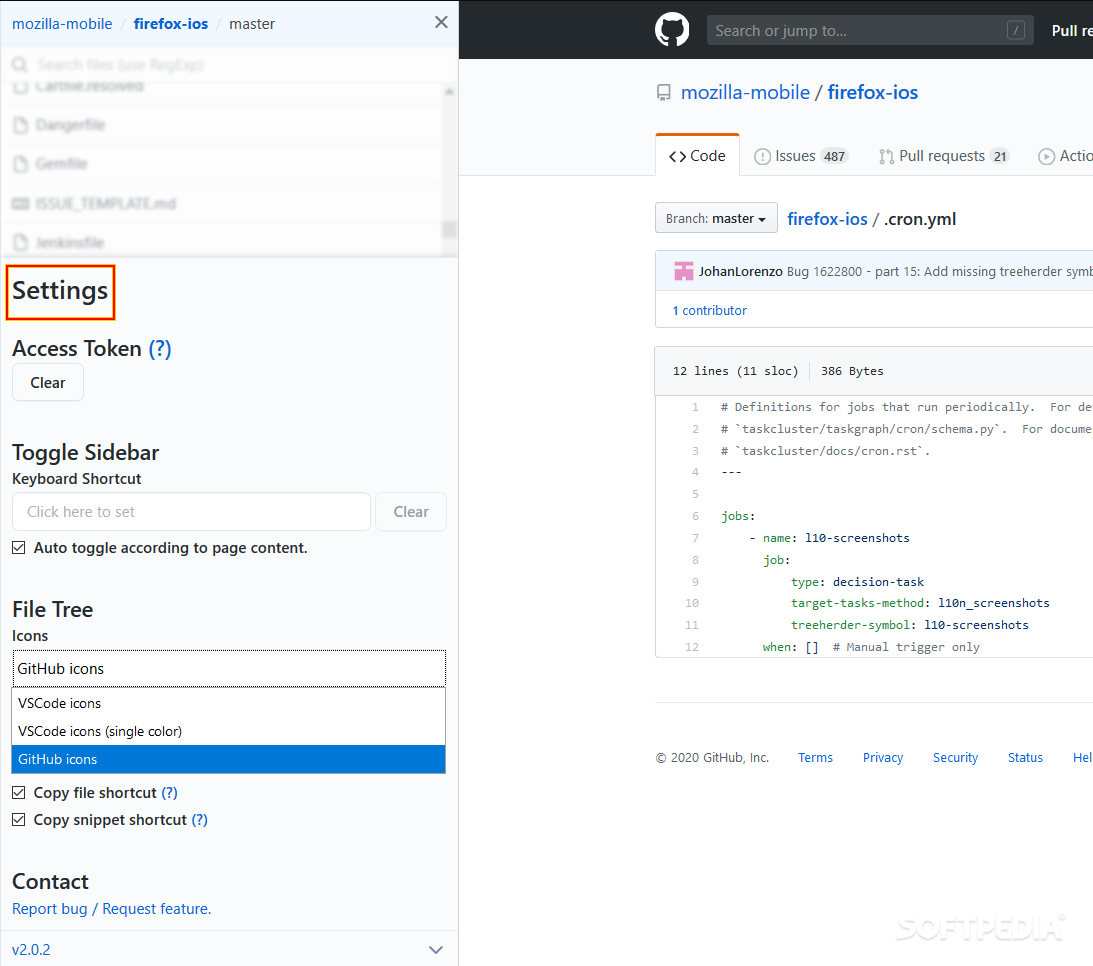

jar -role node -hub When the -role option is not specified and the port is not the hub, the default port is 5555. To start nodes, launch the command prompt and navigate to the directory containing the Selenium Server Standalone jar file.įrequently asked Selenium Interview Questions and Answers !! Whether testers want to run a grid with new WebDriver functionality, Selenium 1 RC functionality, or both at the same time, they must use the same Selenium Server Standalone jar file to start the nodes. To check the status of the hub, launch a browser and go to Step3: Start the nodes In that case, specifying the host is required. While the command is being executed Unless someone is using an exotic network configuration or networking with VPN, testers do not need to specify the hostname because it can be determined automatically. Testers can change the default port by specifying it as an optional parameter port. This will immediately begin the Hub on port 4444 by default.
Selenium ide for firefox 3.6 install#
To install the Selenium Hub, launch the command prompt and navigate to the directory containing the Selenium Server Standalone jar file (downloaded in Step 1). It expects to receive client test requests and routes them to the appropriate nodes. The Selenium Grid's hub seems to be the central point that routes JSON test commands to the nodes. To get started with Selenium Grid, you must first install Java and configure the environment variables. This package is a jar file that contains the Hub, WebDriver, and legacy RC required to run the Grid. Step1: Installationĭownload the Selenium Server Standalone package before you begin.
Selenium ide for firefox 3.6 how to#
If you want to Explore more about Selenium? then read our updated article - Selenium Tutorial How to set up a selenium Grid?īelow are the steps for the selenium grid configuration. Maintenance is simplified now that the virtual infrastructure is in place. It provides flexibility and expands test coverage in a short period of time. It comes in handy especially when the test suite is large and takes a long time to run. Selenium Grid shortens the time it takes for test results to be returned.

To perform experiments on a variety of browsers and versions, as well as different devices and operating systems.Selenium Grid should be used by testers in the following situations: It accepts data from the hub throughout the form of JSON test commands, which it then implements using WebDriver. Node is indeed a remote device that includes a native operating system and a remote WebDriver.It receives instructions from the client and implements them at a remote location and in parallel on the multiple networks. The Hub is a server that recognizes WebDriver client access requests and routes JSON test commands to remote drives on nodes.The Selenium Grid architecture is comprised of two major elements: Selenium Grid simplifies cross-browser testing by allowing a single test to be run on multiple machines and browsers at the same time, allowing for easy analysis and comparison of the results.īecome a master of Selenium by going through this HKR Selenium Training! Hub allows for the implementation of tests on multiple devices at the same time, centrally trying to manage multiple computers rather than running separate tests for each of them.

This hub sends JSON-formatted test commands to multiple registered Grid nodes. This is accomplished by routing commands to remote web browser instances, with one server serving as a hub. Selenium Grid is indeed a smart proxy server which allows you to run tests on multiple machines in parallel.


 0 kommentar(er)
0 kommentar(er)
